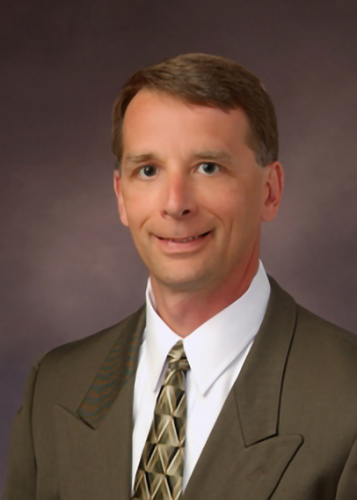Association News: Sustainable Solutions co-founder discusses transparency, EPDs during AAMA Fall Conference
Posted on October 23rd, 2018
 The co-founder of a firm specializing in corporate sustainability programs led those attending the American Architectural Manufacturers Association (AAMA) 2018 Fall Conference in a discussion about why sustainability should matter to the fenestration industry. Tad Radzinski, P.E., ISSP-CSP, LEED® AP, SFP and co-founder of Sustainable Solutions, presented "Transparency Training: Utilizing LCAs and EPDs to Drive Sustainability," which outlined what is driving transparency and why it is crucial for a successful enterprise.
The co-founder of a firm specializing in corporate sustainability programs led those attending the American Architectural Manufacturers Association (AAMA) 2018 Fall Conference in a discussion about why sustainability should matter to the fenestration industry. Tad Radzinski, P.E., ISSP-CSP, LEED® AP, SFP and co-founder of Sustainable Solutions, presented "Transparency Training: Utilizing LCAs and EPDs to Drive Sustainability," which outlined what is driving transparency and why it is crucial for a successful enterprise.
First off, Radzinski noted that customers, architects and young people are asking for sustainability more and more.
"Millennials are your new customer, employee and supplier," he said. "They are the future people buying homes, selling products and asking what you are doing from a sustainability perspective."
Architects, on the other hand, have asked manufacturers to disclose material ingredients and hazards. This request got the attention of large manufacturers, and as a result, the industry went from having zero environmental product declarations (EPDs) to thousands in a short timeframe.
"So many things are designed for disposal," said Radzinski. "We lose those valuable materials that way."
Radzinski said his company's motto is "sustainability drives profitability."
"Sustainability is about people, producing more with less, a balanced approach, continuous improvement, watching metrics and collaboration," he said.
Radzinski described several green building programs, including Leadership in Energy and Environmental Design (LEED), the National Green Building Standard (NGBS) and the Living Building Challenge, all of which have a hand in the residential market, which was the focus of his presentation.
He then defined Life Cycle Assessment (LCA) -- a method for identifying environmental impacts of a product, process or activity over its entire lifespan. Radzinski clarified that "environmental impact" is as a positive or negative change to the environment. LCAs assist with understanding and quantifying these impacts on air, water, land, climate and human health.
Radzinksi pointed out there is a significant difference between an LCA, which is kept very private, and an EPD, which is intended to promote transparency to the public.
"[EPDs are] similar to a food label, but for building products," he clarified.
That said, LCAs can be used for the development of EPDs and to develop an industry average of energy, water, waste and greenhouse gas emissions. EPDs are a way to get information to customers and can also serve as a tool for architects, builders and homeowners. EPDs enable manufacturers to better understand environmental impact.
Radzinski recommended creating a sustainability scorecard, weighing cost, recyclability, chemical and material ingredient hazards, and then scoring products using a clear metric.
Ultimately, Radzinski reminded those at his session, "making products more sustainable is good for business."
More information about AAMA and its activities can be found via the AAMA website, https://aamanet.org.
AAMA is the source of performance standards, product certification and educational programs for the fenestration industry.SM
###
